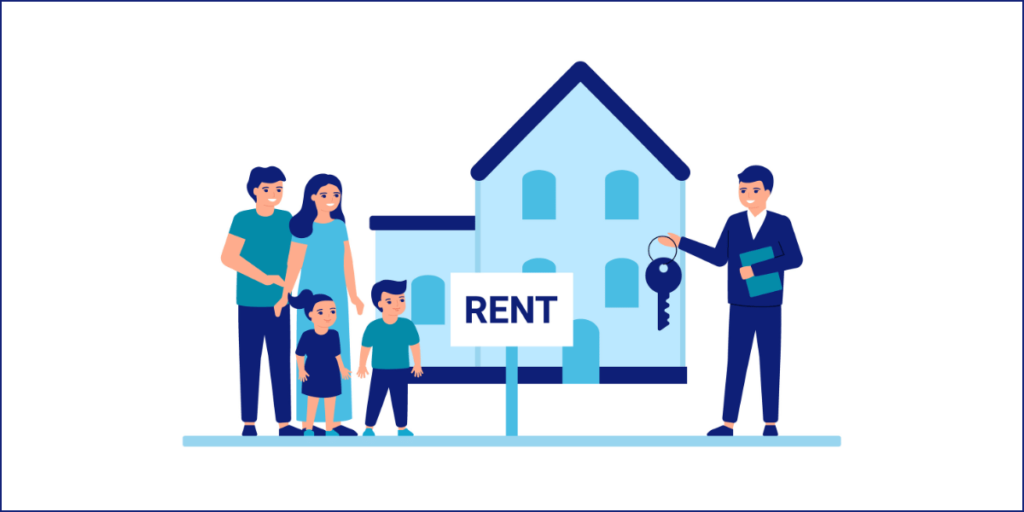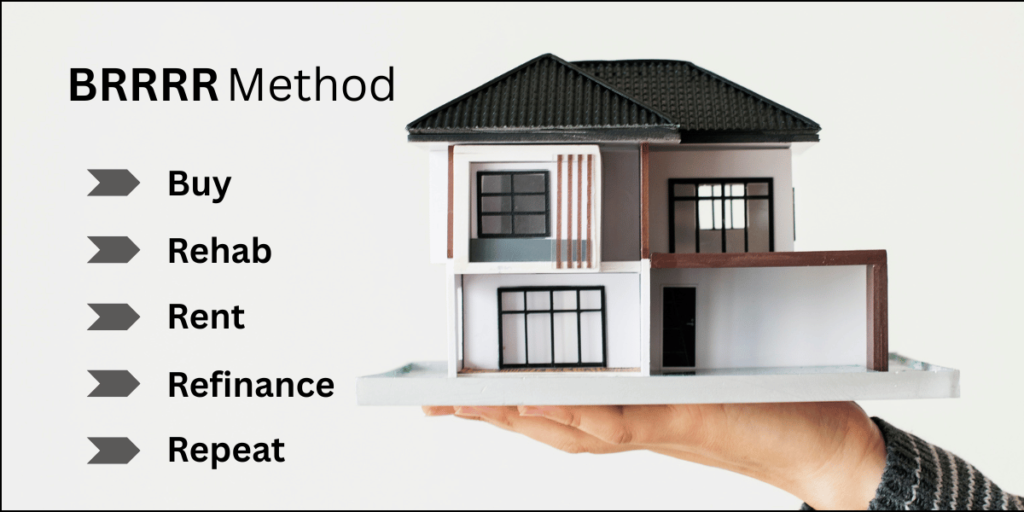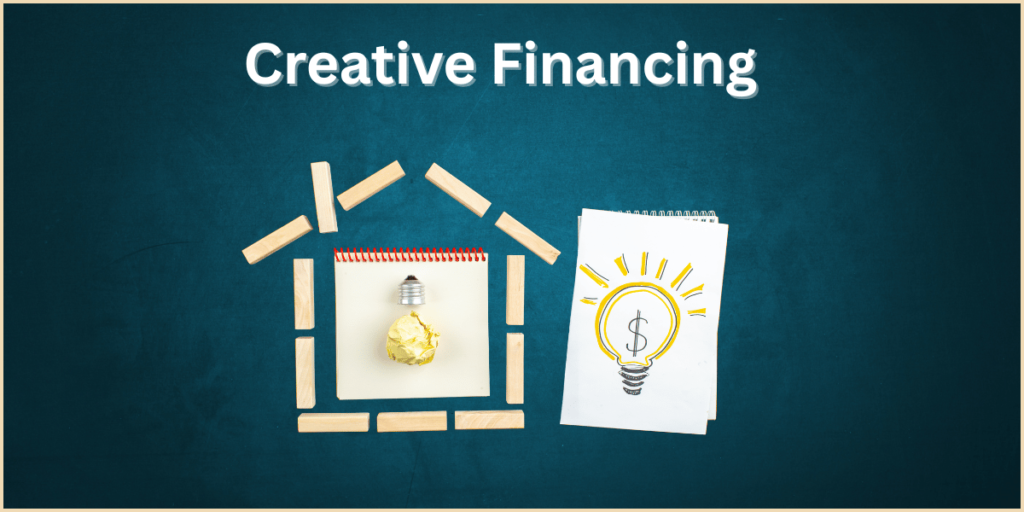10 Real Estate Investing Secrets to Get Rich Quick
Real estate Investing is a tremendous way to get wealthy over time. Learn how to deal in real estate. It will let you get rich, whether you are new to it or want to make your cash grow. But it’s not quite a lot to buy homes. It’s moreover about making smart plans that fit your goals, your risk tolerance, and your assets.
We’ll speak about the basics of real estate investing as well as more advanced ways to buy houses on this Blog. We’ll talk about 10 Real Estate Investing techniques to deal with the marketplace, make money without doing a much deals (like passive income), and capture new trends. Don’t worry, in case you do not have a lot of money or knowledge. This is good for you. We’ll show you the entirety process step by step, so that you can feel good about dealing in real estate.
Table of Contents
Why Real Estate Investing Matters Today
In a world where stocks and markets are always changing, real estate investment stands out because it is a solid investment that can give steady returns. Real estate isn’t just an asset; it’s also a way to make money that can grow faster than inflation and provide you with security in the long run. For newbies, it’s appealing because there are many ways to get started, and you don’t need a lot of money to do so. Real estate and investing go hand in hand because properties can go up in value over time and bring in rental income, which is something that not many other businesses can do.
Think about this: A lot of great investors started small, maybe with one rental unit or by working with someone else on a deal. The key is to teach and act. More than just location is important when it comes to real estate investing. You’ll additionally need to think about time, money, and management. Because of far remote work and issues about the surroundings, housing needs will change in 2025, making it a great time for people who want to invest in real estate.
How to Start: The Basics of Investing in Real Estate
Before we dive into the specified tips, let’s cover the fundamentals of real estate investing for beginners. Start by checking your price range. Look over your savings, bills, and credit score. Having a strong base here makes it easy to get money to invest in real estate. Next, educate yourself on real property investing. Read books, be a part of online forums, or take courses to build your understanding.
Market study is very important. Look at changes in demand, like places where jobs are growing or where infrastructure is getting better. Listing sites and other tools can help you figure out how much a house is worth and how much it rents for. Lastly, make a list of your goals. Do you want to make money quickly or over the long term? This understanding will help you decide how to invest in real estate.
Building a team is an important but often ignored part. Get in touch with real estate investment-focused real estate agents, lawyers, and accountants. They can give you ideas and help you figure out tough situations. Real estate buying isn’t something you should do by yourself; working with others makes it easier to succeed.
10 Strong Ways to Invest in Real Estate
Now, let’s explore 10 Real Estate Investing techniques to convert your real estate investing method. These combine proven techniques with the latest trends, ensuring they continue to be effective in 2025. From passive choices to hands-on businesses, each has its own benefits.
1. Buy and Hold: The Traditional Way to Make Money While You Sleep

Buy-and-hold is one of the most basic ways to invest in real estate. You buy buildings and rent them out to make money while you wait for their value to rise. This method works well for people who want steadiness over quick flips.
How it works: Find properties that are undervalued in places that are growing, get financing, and take care of tenants. Rents can go up and property values can go up over time, which builds wealth. For instance, getting a single-family home in a neighborhood that is on the rise could bring in extra money every month after the mortgage and repairs are paid for.
Pros: It earns money for you without you having to do anything; it gives you tax breaks like depreciation deductions; and it increases in value over time. If you pick steady markets, it’s not too risky.
Cons: It needs money up front, needs to be managed regularly, and funds are locked up for years. Repairs or empty rooms can temporarily lower pay.
To start, look for areas where there aren’t enough homes, because demand drives up rents. Don’t put down a lot of money if you need a loan. For good cash flow, look for properties where the rent covers 1% to 2% more of your costs. In 2025, provide priority to locations where people need to work at home, like suburbs with good internet access.
Tips: Thoroughly screen renters to minimize turnover to a minimal. For efficiency, think about using property management tools. This approach can snowball over time—use the equity from one property to pay for another.
To add to this, buy and hold isn’t just waiting; it’s also active management. Keep an eye on modifications in the marketplace, like when the economy booms and prices go up. If, say, a brand new tech hub pops up close by, your private home may double in value in ten years. Holding a mixture of residential and small enterprise units will help spread the risk. Remember that patience is key. Many millionaires were made rich by putting on into property for many years and placing the hire money again into more property.
2. Flipping houses: Making money off of gems that aren’t worth much

When you turn a house, you buy an in bad shape, fix it up, and then sell it for a profit. People who like doing things by hand and have a good sense of value will enjoy it.
Finding fixer-uppers below market value is how it works. Plan to spend 20 to 30 percentage of the shopping fee on repairs, and then sell the house fast. A typical example is buying a vintage house for $200,000, fixing it up for $50,000, and which selling it for $300,000.
Pros: You could make a lot of money quickly, you may use your negotiation and planning abilities, and you could start by doing it part-time.
Cons: There is a lot at stake if markets drop or costs go up; you need to know a lot about building and permits; your money is locked up for a short time, but very tightly.
To begin, learn how to value something by looking at similar sales (comps). Don’t pay more than 70% of the home’s value after repairs, minus the costs of repairs. Focus on sustainable flips in 2025, such as adding energy-efficient features to draw buyers who care about the environment.
Tips: Get in touch with a lot of inspectors and workers. Take it easy at first to learn. Keep careful records of all your spending to avoid shocks. It can be hard to stop flipping houses, so always have a plan B in case the house doesn’t sell. If you need to, turn it into a rental.
To get more specific, flippers who are good at it treat it like a business. Look at local trends. It’s easier to make quick decisions in places where there aren’t enough homes—plan for costs like interest and utilities that come with keeping. Use tech tools for virtual staging to get things sold faster. With the cost of materials going up, it’s better to focus on cosmetic changes than structural ones to get a better return on your investment. There are many stories of flippers who started with one job and worked their way up to portfolios. However, you need to be disciplined to keep from taking on too much debt.
3. Rent arbitrage: Low-risk entry without owning anything

Rental arbitrage is when you rent out a house for a long time and then rent it out for a short time, usually through an app like Airbnb, to make money off the difference.
How it works: Get a lease that lets you sublet, make the place look nice, and sell it for nightly rates that are higher than your monthly rent. You rent out a room for $1,500 a month and get $3,000 from short stays.
Pros: There aren’t any big down payments needed, it’s flexible and scalable, it brings in cash quickly, and there aren’t many risks involved in owning it.
Cons: It depends on the platform’s rules and local laws; demand changes with the seasons; there is a chance of property damage.
To begin, look into places with a lot of tourists or businesses. Talk to owners who are willing to sublet about leases. For guests to enjoy and for better use, add smart home technology in 2025.
Tips: To get the most occupancy, use dynamic price tools. Get reviews quickly by giving great service. Cover any gaps in your security with insurance. This is a great way for beginners to test the waters without deciding to buy.
Also, location and promotion are very important for rental arbitrage to work. Profits go through the roof in cities where events or workshops are held. Use apps to make planning and cleaning automatic. There must be legal checks, as some places don’t allow short-term rentals. Some businesses have been successful by turning a single unit into a chain. However, they need to keep an eye on costs like utilities that can cut into their profits.
4. REITs: Passive Exposure to Real Estate Markets

Real Estate Investment Trusts (REITs) let people invest in real estate without actually owning it. It’s like getting stock in a real estate company.
To do it, buy stock in real estate investment trusts (REITs) that own stores, apartments, or offices. They have to give away 90% of their income as profits. You can start with as little as $10 through apps.
Pros: They can be bought and sold like stocks, they have a variety of features, and they pay steady dividends for investors who want to make money.
Cons: Market volatility affects share prices; you have less control than if you owned the company directly; fees can lower profits.
To get started, open a broking account and choose REITs in areas that are growing, like data centers. Look for those that focus on green buildings in 2025.
Tips: Use REIT ETFs to spread your risk and get a bigger picture. Invest profits again to make them grow. Keep an eye on economic signs, because REITs do well when interest rates are low.
REITs make real estate more accessible to everyone. You can choose between equity REITs and debt REITs based on your goals. Strong profits, which often beat stocks at times, can be seen in the past. They’re great for passive investors, but you should know the different types: retail REITs may have trouble with e-commerce, while industrial ones do very well with shipping.
5. Wholesaling: Deal-Making Without Buying

Finding sellers who are willing to sell quickly, buying properties at low prices, and then giving buyers contracts for a fee is what wholesaling is all about.
How it works: Talk to owners who are in trouble, get a deal for $150,000 on a property worth $200,000, sell it to an investor for $160,000, and keep the $10,000.
Pros: You only need $1,000 as an “earnest money” deposit, transfers are quick, and it builds networks.
Cons: You need to know a lot about business and the law, and deals can fall through.
Start: Join groups on social media or through letters. Focus on people who want to sell, like inheritors. In 2025, use AI tools to find new leads.
Tips: Make a list of people who want to buy first. If you need to, use two closings. You can learn a lot about markets without taking any risks.
Wholesaling is a business move. Aim for several deals a month for maximum success. Doing the right thing builds a good image. After getting more practice, many move on to flipping or holding.
6. The BRRRR method lets you quickly grow your portfolio

BRRRR means “Buy, Rehab, Rent, Refinance, Repeat.” This is a way to make money by reusing money.
It works like this: buy a house that isn’t worth much, fix it up, rent it out, and then refinance based on the new value to get equity. For instance, you could buy a house for $100,000, fix it up for $30,000, rent it out for $1,200 a month, refinance it for $160,000, and get $50,000 for your next deal.
Pros: It makes the most of leverage, creates countless returns by taking out the original investment, and creates multiple streams of income.
Cons: rehab could cost more than planned; refinancing depends on ratings and needs management skills.
Launch: learn how to use comps to make smart buys. Work with lenders who know about BRRRR. In 2025, add modern features to get better rents.
Tips: Be careful with your budget. Use evaluators with a lot of experience. This approach speeds up growth, but it requires discipline.
BRRRR changes things. They often start with one and work their way up to dozens. Focus on having a good cash flow after you refinance. Changes in the economy, like changes in interest rates, affect practicality, so stay up to date.
7. Investing in multiple units: Spread the risk across many units

Multifamily properties, like duplexes and apartments, let more than one renter live in the same building, which helps you make more money.
How it works: You buy a block, take care of the units, and receive rent. A four-plex could cost $400,000 but bring in $4,000 a month.
Pros: Maintenance costs are lower as the business grows, cash flow is higher, and it’s easier to get loans for bigger deals.
Cons: It’s harder to handle, the costs are higher up front, and tenants can fight.
Start: Use FHA loans to buy a small apartment building with two to four units. Find places to grow. In 2025, look for homes that make you want to work from home.
Tips: To keep track of tenants, use tools. Hack your house by living in one room. Scale up as you gain skill.
When there is a lot of desire, multifamily really shines. Having one unit empty doesn’t ruin pay. For stability’s sake, many buyers like this better than single-family homes.
8. Creative Financing: Make deals when you don’t have much money

Creative financing buys homes through non-traditional means, such as seller financing or lease options.
The owner of the home acts as the lender in this type of borrowing. You can control a property with a lease option and have the chance to buy it later.
Pros: It gets around problems with credit or cash, terms are open, and closings happen faster.
Cons: Interest rates could go up, and the law is hard to understand.
Start a network for buyers who are willing to work with you on terms. There are changes in rates in 2025, so this becomes more common.
Tips: Get lawyers to help you write good contracts. Get buyers to trust you. Use with other tactics, such as BRRRR.
Creative approaches give newcomers power. Deals with no money down are common, but doing your research can help you avoid problems.
9. Commercial Real Estate: Higher Stakes, Bigger Rewards
Commercial investing looks for places for businesses to rent, like offices, stores, or buildings.
A triple-net lease, in which the renter pays all costs, is often used to rent to businesses for longer periods of time.
Pros: Longer leases for security and the chance that the property will go up in value.
Cons: Being sensitive to the economy, longer vacancies, and difficult talks.
Start with small shops or join forces with other people through syndications. Focus on warehouses that are driven by e-commerce in 2025.
Tips: Check the tenant’s credit. Hire experts to handle leases. Spread your business across different types.
Commercial gives you size. As AI grows, data centers become hotspots.
10. Sustainable and Tech-Integrated Investing: Future-Proof Your Portfolio
In line with trends for 2025, this plan focuses on properties that are eco-friendly and high-tech.
It works that you can get tax breaks and better values if you invest in green builds or retrofits, like homes with solar panels.
Pros: It gets good renters, gets government rebates, and can handle new rules.
Cons: Rising tech risks and higher start-up costs.
To start, look for standards like LEED. For efficiency, connect smart devices.
Tips: Look into rewards. Work with friendly builders. Not only does this make money, but it also helps.
Green funding is becoming more popular. With climate attention, these homes will go up in value more quickly.
Mistakes People Make and How to Avoid Them
There are dangers even with good plans. Taking on too much debt can put a strain on your finances; always test stress scenarios. Like inspections, ignoring due care can lead to expensive surprises. It’s hard to time the market; instead of speculating, focus on what’s really going on.
Diversify to lower your risk. Set aside money to cover vacancies or fixes. You stay ahead if you keep learning.
Options for Financing: Money to Invest in Real Estate
Getting money is very important. For a traditional mortgage, you need good credit and a down payment. Look into loans backed by the government for lower barriers. Platforms for crowdfunding pool money for deals. Private lenders or hard money loans are better for flips, but they cost more.
To get there indirectly, put money into REITs through an IRA or 401(k). Partnerships are one creative way to split the costs.
Property management: Making sure your investments do well
Returns are maximized by good management. Use tools to collect rent and keep track of repairs. As you grow, you should hire managers (10–15% of rent). Help tenants get along with each other to cut down on change.
In 2025, AI gear will be capable of providing protection, so that you can make things run greater smoothly.
New Trends in investing in real estate for 2025
Think beforehand: the demand for inexperienced homes is pushed by sustainability. Adding tech, like smart houses, makes a home more appealing. Due to a lack of homes, renting is still the best option. From property values to renter screening, AI has an effect on markets.
Adapt by using networks and apps to stay up to date.
How to Become Successful in Real Estate
There are a lot of ways to get rich by dealing in real estate. You can build a strong portfolio by learning these 10 strategies, which range from “buy and hold” to “sustainable” methods. Start small, keep learning, and make a choice. The route starts with that first step, whether or not you’re investing in real estate to make money or to develop your cash. What are you going to do next? Leave your mind inside the comments, and begin investing in actual estate these days.
Read more Blogs
14 Best Real Estate Books for New and Expert Investors
How to Write a Real Estate Agent Bio: Steps & Examples
How Do Commercial Real Estate Agents Get Paid?
